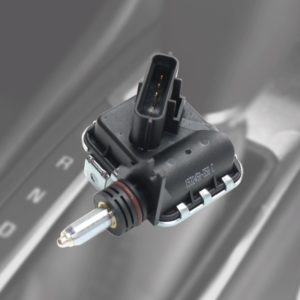Q: Where is the Neutral Safety Switch Typically Located?
A: The location of the neutral safety switches will depend on where your gear lever is mounted.
If your vehicle is equipped with a column-mounted shifter, then the neutral safety switch should also be somewhere in the steering column (see top left in the illustration). If your vehicle’s gear lever is mounted beside the driver’s seat, then the neutral safety switch should be located underneath the gear lever. Sometimes, the neutral safety switch is attached to the transmission, near the intake arm.

The neutral safety switch prevents the vehicle from starting if the transmission is in gear. It does this by disconnecting power to the starter motor if the transmission gear lever is set to drive. Vehicles are only supposed to start when the transmission gear lever is set to park or neutral.
In a 2001 to 2005 Ford Explorer, the neutral safety switch is located underneath the vehicle. You should be able to find a linkage on the driver’s side of the transmission. You should see an arm connected to a rod. The neutral safety switch is the mechanism connected to the arm. You should be able to see wires connected to the neutral safety switch. The wires can be removed by pressing the push tab on the connector.
Rear-wheel-drive Jeeps (Cherokee, Grand Cherokee 90s-2000s) typically have the neutral safety switch on the passenger side of the transmission even though the shift linkage is on the opposite side.

Tips on How to Access the Neutral Safety Switch
Some neutral safety switches, such as the one on the 2001 Ford Explorer, can be accessed underneath the vehicle. The switch and rod should be readily visible once you’re underneath the transmission. If you’re replacing the switch, make sure to take note of its exact position so that you can put the replacement in the exact same position.
After removing the bolts that hold the switch in place, you need to pry it off the transmission pan. You should be careful during this process so that you don’t damage the transmission pan and the shaft that protrudes from the transmission. You might need to use some rust penetrant to ensure that the switch slides out smoothly.
Any information provided on this Website is for informational purposes only and is not intended to replace consultation with a professional mechanic. The accuracy and timeliness of the information may change from the time of publication.































